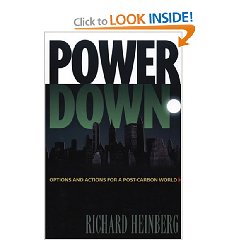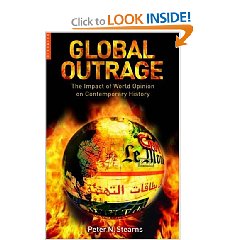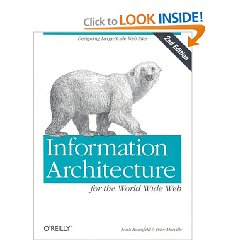Here are a few of my summative notes that serve as a review of the author's key points, all of which I find to be admirable and well-documented:
1) US Democracy is in crisis, in part because the “Halliburton Administration” is comprised of several liars and thieves, among whom I would suggest Dick Cheney and Karl Rove are the worst. Their resignations, and the appointment of Senator John McCain as an ethical vice president, strike me as necessary.
2) The Democratic Party failed to understand that ideological passion and the Republican mobilization of their own base would more than crush the Democratic pragmatism, focus on the economic case, and a heroic but insufficient increase in registered voters. In essence, the Democratic Party relied on mobilization and failed to find its voice or its spine in 2000 and 2004. Even when the Democrats knew–as Greg Pabst documented–that the Florida election was stolen twice (one with the disenfranchisement of over 35,000 people of color, the second time with the rejection of over-count votes in pro-Gore countries–while revalidating them in pro-Bush counties), they failed to rise to the challenge.
3) The author is brutal in a very polite and professional way as he describes the origins of the neo-conservatives and their commitment to looting the commonwealth of the poor and middle class in order to fund wealth transfers to the already rich, and a larger garrison state with which to pursue imperial adventures.
4) The author provides a very helpful review of what Ghandi was trying to accomplish (see also my review of the DVD by that name) and what I took away from this chapter was that non-violence is not only moral, it is educational and pragmatic. It unites the oppressed and enlightens the oppressor.
5) In the chapter on reflections from a personal visit to Baghdad, the author makes it clear that on-the-ground eye witnesses could plainly see–as the UN inspectors saw and US Marine Scott Ritter said–that Iraq was no threat to the US. The educators also heard from taxi drivers and intellectuals who said plainly that the demise of Saddam would be welcome, but occupying forces would inspire a massive nationalist insurgency. How is it that neither CIA nor the White House heard these voices? We conclude that CIA has become stupid in its reliance of classified sources and fabrications from defectors seeking resettlement, while the White House is merely unethical.
6) In an overview of the geopolitics of the region, while the author does not fully examine the nefarious misbehavior and selfish refusal to help from the other Arab nations, all of which continue to refuse land or status to Palestinians, he provides a very interesting discussion of the possibility of Iraq being divided into three parts–one aligned with Turkey, another with Iran, and suggests that colonial borders should not be considered permanent–much better to accommodate, better late than never–to tribal and religious realities. He also maps the planned Israeli walls, and I can only say that I consider this a very effective exposure of the lunacy of the Israelis. Palestine should be divided in half, each half augmented by additional land from contributing adjacent states, and Jerusalem made an international city-state under a joint religion and United Nations council
7) The book concludes with a very thoughtful discussion of 9/11 and of democracy. I agree with the author when he says that 9/11 had a *basis* in the US support of the corrupt Saudis, of the Israeli persecution of the Palestinians; and of the continuing imperialist ambitions including what Al Qaeda, not the author, have called virtual colonialism. The author tells us that democratic dynamics require accountability, morality, and reciprocity, and pointedly suggests that the neo-conservatives that have hijacked the Bush Administration have replaced all three with know-nothing fundamentalism and a grotesque imperial ambition that is quite ignorant and quite craven in thinking that we can “take over” the oil and water of the Middle East, and continue to occupy any portion of it.
This book is elegant, solid common sense, capably presented.









